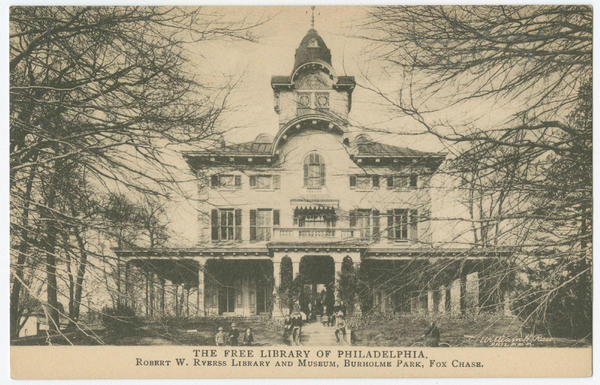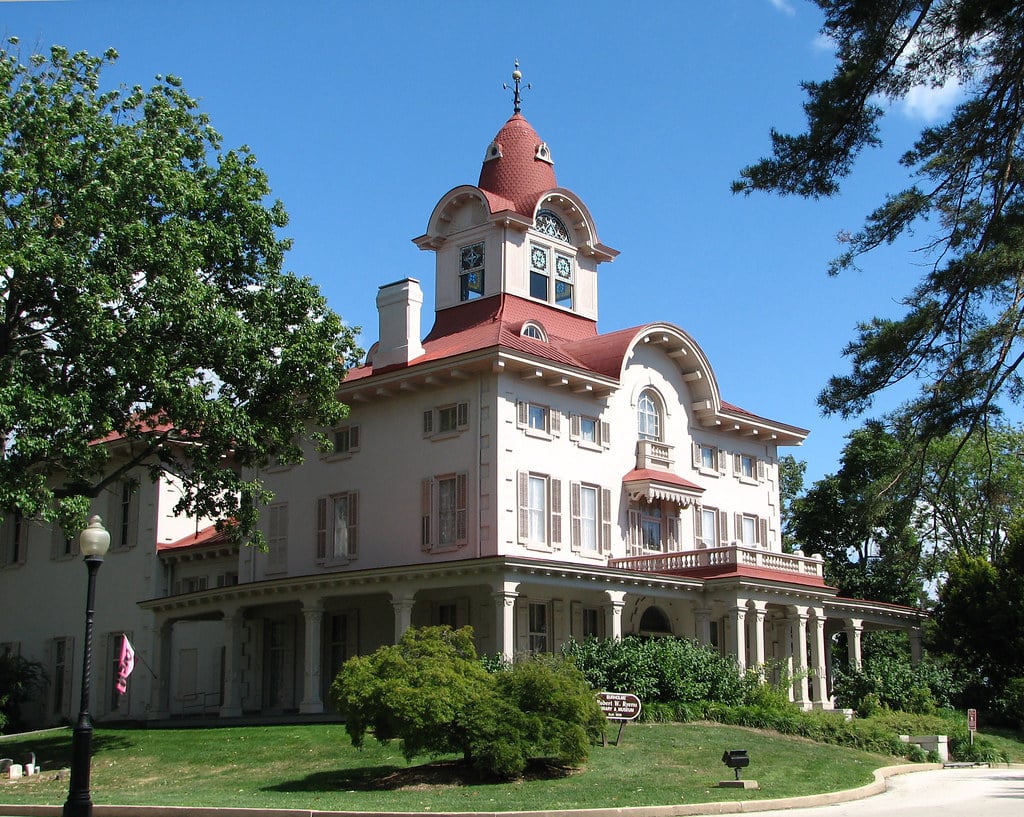Ryerss Mansion: A Historical and Architectural Masterpiece
Constructed in the mid-19th century, Ryerss Mansion stands as a testament to the rich history and architectural heritage of Philadelphia. Its unique blend of Italianate architecture and eclectic collection of art and artifacts makes it an underrated gem in the city’s cultural landscape.
The Establishment of the Mansion
Ryerss Mansion, originally known as the Burholme Mansion, was built in 1859 by prominent merchant and railroad president, Joseph Waln Ryerss. Nestled in the Fox Chase neighborhood of Philadelphia, the mansion occupies a prime location at the intersection of Central and Cottman Avenues.
The Ryerss Family
Joseph Waln Ryerss was a descendant of one of the original Pennsylvania Quakers, Nicholas Waln. Joseph made his fortune in the international shipping business, trading primarily with China, Japan, and the Middle East. He also served as president of the Tioga Railroad and the Philadelphia Exchange.
After the death of his first wife Susan, Joseph married her sister Anne. Together they raised Susan and Joseph’s son, Robert, who inherited the family’s interests in art and travel.

Architectural Marvels
The mansion’s design was heavily influenced by the Italianate architectural style. Positioned on one of the highest vistas in Philadelphia, it overlooked the beautiful Burholme Park. The grandeur of the mansion was further amplified by its ornate interiors and the vast collection of paintings, sculptures, and artifacts it housed.
Influence of Samuel Sloan
The architectural design of the mansion bears striking similarities to the works of Samuel Sloan, a renowned Philadelphia architect known for his villa and country house designs. Sloan’s influence can be seen in the mansion’s Italianate style and its open floor plan, which was a deviation from the private layers commonly seen in Victorian homes.
Collections and Artifacts
The Ryerss family had a keen interest in art and culture. Joseph and his son Robert were avid collectors of art, especially Oriental art. Their extensive travels allowed them to amass a vast collection of artifacts from various countries.
Mary Ann’s Contributions
Mary Ann Reed, Robert’s wife and housekeeper, was instrumental in expanding the family’s collection. After Robert’s death, she continued to travel and collect artifacts from China, Japan, India, and Syria. Her contributions were so substantial that additional galleries had to be built to accommodate the growing collection.
Eclectic Collection
The mansion’s collection reflects the family’s eccentric tastes. From a reptilian calling card holder to family heirlooms, the collection is as diverse as it is vast. The Ryerss family’s love for animals is also evident in the numerous oil paintings of their beloved pets that adorn the library walls.
A Legacy for the City
Eight months before his death, Robert Ryerss married his longtime housekeeper Mary Ann Reed. In his will, Robert left the mansion and a comfortable annuity to Mary Ann. Following Robert’s wishes, Mary Ann turned over the estate to the City of Philadelphia to be used as a public park, museum, and lending library.
From Private Residence to Public Space
In 1905, the mansion was turned over to the city and opened its doors to the public as a park, museum, and library in 1910. The estate was put under the administration of the Fairmount Park Commission. Today, the Ryerss Mansion continues to serve as a public space, embodying Robert’s wish of being “Free to the people forever.”
Ryerss Mansion Today
Today, the Ryerss Mansion is a cherished cultural asset of Philadelphia. It continues to inspire and educate visitors with its rich history, architectural beauty, and eclectic collection. Despite its historical significance, the mansion remains an under-the-radar destination, making it a hidden gem in the city’s cultural landscape.
Ryerss Museum and Library
The mansion also houses a community library that offers a wide variety of books. The museum, on the other hand, showcases the Ryerss family’s vast collection of art and artifacts. The museum’s mascot, a stuffed American alligator named Snapper, is a quirky testament to the family’s exotic interests.
Restoration Efforts
The mansion’s stained glass windows, located within its cupola, are currently undergoing restoration. The restoration process is being carried out by the Fairmount Park Conservancy and Beyer Studio, Inc., of Germantown.
The Ryerss Mansion offers a unique glimpse into Philadelphia’s past. Its rich history, architectural grandeur, and eclectic collection make it a must-visit destination for history buffs and art enthusiasts alike. Despite the passage of time, the mansion continues to stand as a testament to the city’s rich cultural heritage, serving as a reminder of the Ryerss family’s legacy.
